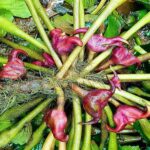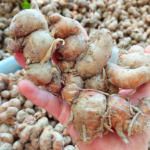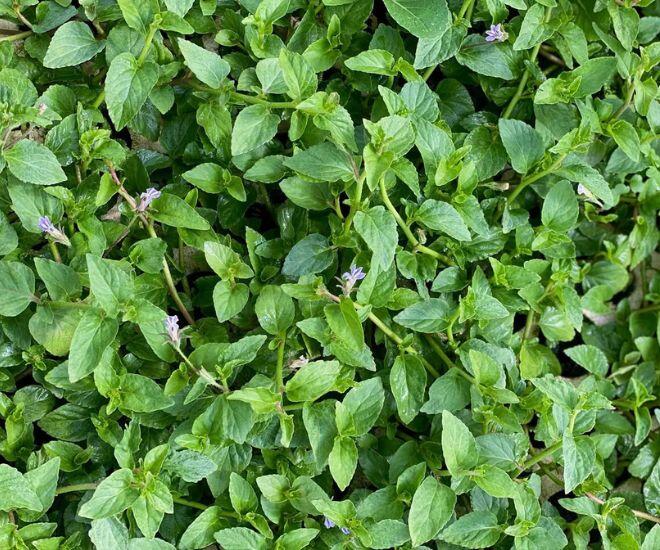
A Wild Discovery: The Rise of Lo Binh Vegetable
Lo Binh, an unfamiliar name to many, is a small herbaceous plant with a resemblance to the crab vegetable of the Mekong Delta. Yet, its origin is deeply rooted in the northern mountainous regions of Cao Bang, Ha Giang, and the Central Highlands provinces of Gia Lai and Dak Lak. Lo Binh often grows wild on the treacherous cliffs of the Northwest mountains and along the streams of the Central Highlands. This resilient vegetable needs only a shower to thrive and flourish.
In the past, Lo Binh was a humble presence in the modest meals of the highlanders. It was not considered a commodity but rather a homegrown vegetable. Locals would pick Lo Binh and prepare simple dishes like boiling it with sesame salt dip, making soup, or stir-frying it with garlic. Some even weeded it out to give space to other crops.
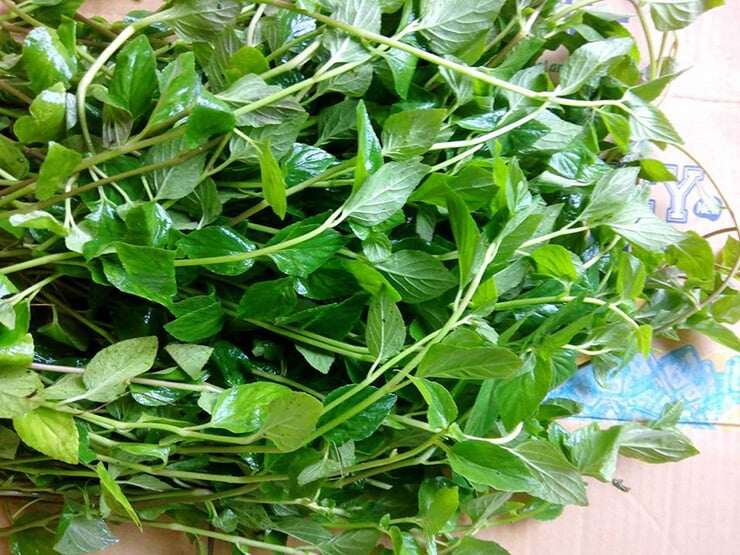
However, in recent years, the discerning taste of the market and the refinement of culinary preferences have brought Lo Binh out of the wilderness and into the spotlight. Thanks to curious travelers who ventured into Cao Bang and the Central Highlands, this wild vegetable by the roadside caught their attention, and its unique flavor captivated them. Gradually, locals began harvesting and selling Lo Binh, and its demand grew, spreading its reach beyond its original territories.
Lo Binh captivates diners with its distinct flavor, a rare find among other vegetables. It offers a subtle sourness, a refreshing crispness, natural sweetness, and an appealing light green color. A visitor from the lowlands exclaimed, “The sight of Lo Binh on the plate is mesmerizing. For us, such vegetables are more precious than gold, and the best way to enjoy it is stir-fried with spicy garlic.”
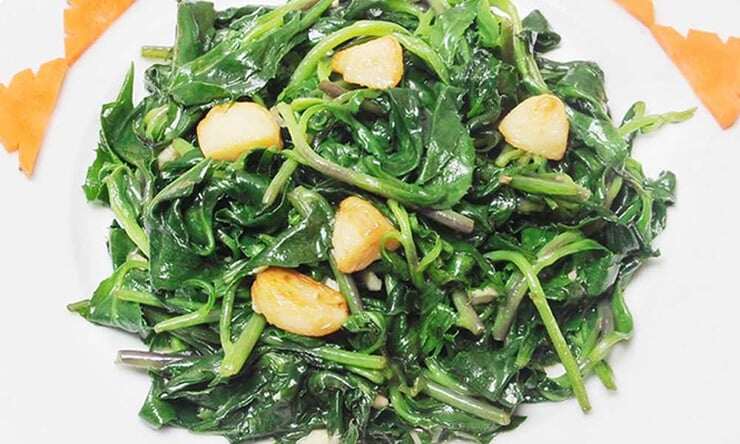
In restaurants, especially in Cao Bang, Lo Binh has been elevated to create more sophisticated dishes, enriching the regional cuisine. Diners can now savor Lo Binh in salads, chicken hot pots, vegetable pancakes, stir-fried garlic, or rustic-style vegetable stews. Despite the complex preparations, the natural and elegant flavor of the vegetable remains intact, allowing diners to experience the essence of the mountains in every bite.
The market’s enthusiasm for Lo Binh has opened up a new avenue for this once-wild vegetable. Instead of mere wild harvesting, many farms have started cultivating Lo Binh on a large scale. Notably, in Da Lat, Lam Dong, several gardens have adopted Lo Binh in greenhouses, employing modern cultivation techniques. This vegetable is easy to grow and maintain, resistant to pests and diseases, and rarely requires pesticides. Propagation is also straightforward through tissue culture or stem cutting, with initial investment costs relatively low. Its excellent adaptation to the local climate makes large-scale production feasible, meeting the growing market demand.
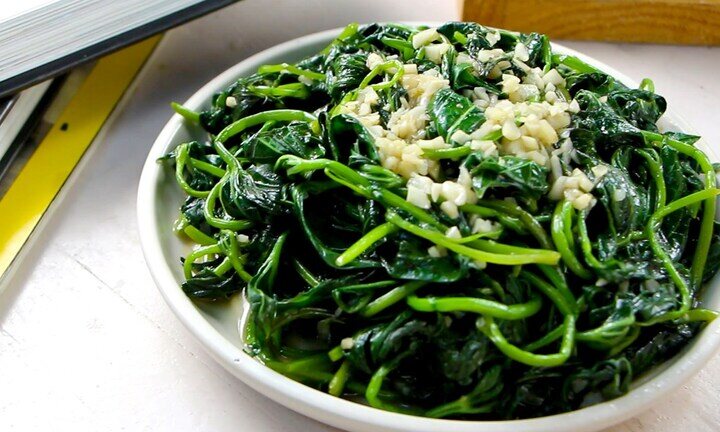
With just 400 square meters, a garden can yield an average of 400 kg of Lo Binh per crop, with a crop cycle of about 1.5 months, generating a substantial income of over VND 20 million per month. This demonstrates the economic potential of this once-wild vegetable. Its market price reflects its rarity and uniqueness, ranging from VND 100,000 to 120,000 per kg on online markets.
Beyond its culinary appeal, Lo Binh is also valued for its traditional medicinal properties. The stem of the plant is used in folk medicine to treat conditions such as sore throat, chronic bronchitis, rheumatism, and bone and joint pain and inflammation.
Lo Binh, once an obscure wild vegetable in the highlands, has undergone a remarkable journey to become a sought-after delicacy. Its story is a testament to the potential of uncovering and elevating the hidden treasures of nature, transforming the simplest produce into valuable resources that benefit the local economy and enrich Vietnam’s culinary landscape.
The Ultimate Superfood Hiding in the Mountains of Northwest Vietnam: A Ginger-like Root with Medicinal Properties and Culinary Versatility.
With a pungent ginger-like spice and the aromatic flavor of galangal, this unique blend of spices creates a distinctive taste – a quintessential dipping sauce for boiled chicken and other culinary delights. This root vegetable has become an indispensable spice in the mountainous northern region of Vietnam, elevating every meal with its magical touch.



























